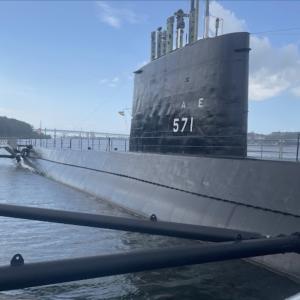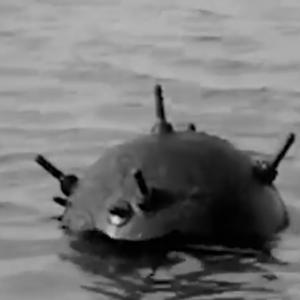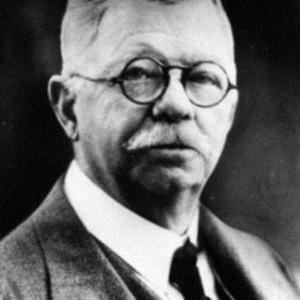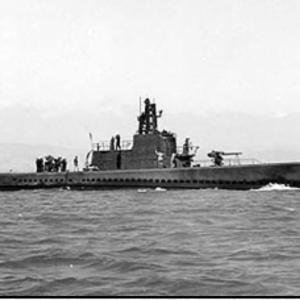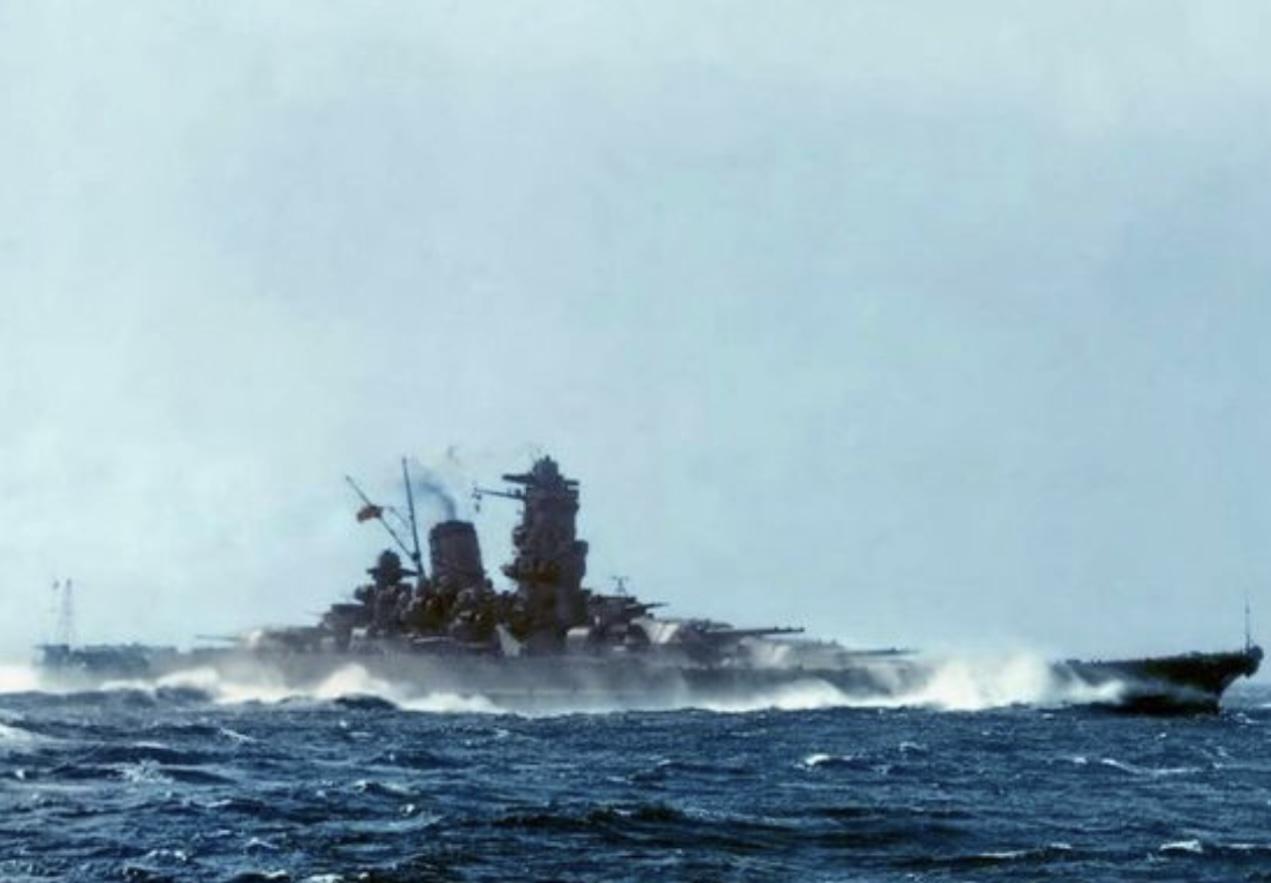
Largest battleship Japans Yamato
The Yamato was constructed at the Kure Naval Arsenal in Hiroshima Prefecture, one of Japan's most advanced shipyards. The project began in 1937, shrouded in secrecy to avoid detection by enemy reconnaissance. The battleship was launched in August 1940 and officially commissioned into the Imperial Japanese Navy on December 16, 1941, just days after the attack on Pearl Harbor.
At over 72,000 tons of displacement, the Yamato was a formidable warship. Measuring 863 feet (263 meters) in length, with a beam of 127 feet (39 meters), the ship was a symbol of raw power. Its armament included nine 18.1-inch (460 mm) guns, the largest ever mounted on any battleship. Each shell weighed over 3,000 pounds and had a range of more than 25 miles. The ship was also equipped with numerous smaller guns to defend against air attacks.
The Yamato’s armor was equally impressive, with the main belt being 16 inches thick and the turret armor even heavier. Its speed, about 27 knots (31 mph), was powered by turbines generating 150,000 horsepower.
While the Yamato was the largest battleship ever built and certainly one of the most impressive warships in terms of armament and armor, it is important to note that in terms of warfare, size alone did not guarantee victory. The Yamato's size and firepower were designed to combat other battleships, but the changing nature of naval warfare during World War II, particularly with the rise of the aircraft carrier, diminished its strategic importance. Despite its size and strength, the Yamato would never face a ship of equal scale in battle, as naval engagements increasingly involved airstrikes rather than ship-to-ship combat.
The Yamato and its sister ship, the Musashi, were designed during a period when battleship engagements were seen as the heart of naval warfare. Japan’s strategic goal was to create the world’s most powerful battleships, capable of taking on the U.S. Navy. The Yamato was intended to outclass any battleship in existence, relying on overwhelming firepower and armor.
However, by the time Yamato was completed, naval warfare had begun to change. The aircraft carrier had become the dominant force in naval engagements, as evidenced by the success of carriers in the Battle of Midway and other early Pacific confrontations. As a result, Yamato’s role was somewhat limited during much of the war.
Though the ship was immensely powerful, it saw only minimal action early on. It was involved in the Battle of Midway in June 1942 but was positioned too far from the fighting to play a decisive role. Its most notable engagements occurred in 1944 during the Battle of Leyte Gulf, including the Battle of Sibuyan Sea and the Battle off Samar, where it engaged U.S. forces but failed to significantly change the course of the war.
By the spring of 1945, Japan was cornered, and U.S. forces were closing in on Okinawa—a crucial step toward the invasion of the Japanese home islands. In a desperate attempt to make a stand, Japan launched Operation Ten-Go, a suicide mission in which Yamato, along with a few escorts, would sail to Okinawa and beach itself as a stationary gun platform.
This was a one-way mission, with no fuel for a return journey. The Japanese high command was aware of this, viewing it as a final act of resistance and honor.
On April 7, 1945, Yamato was spotted by U.S. submarines and aircraft as it departed Japan. American forces quickly launched an assault, deploying 386 aircraft from nearby carriers. Over two hours, Yamato was bombarded with torpedoes and bombs from multiple directions.
Despite its thick armor, Yamato was overwhelmed. It took at least 11 torpedoes and 6 bombs, and after the explosion of its forward magazines, the ship capsized and sank. The explosion sent a massive fireball into the sky, and of the 3,332 men aboard, only 276 survived. It remains the deadliest loss for a battleship in history.
The attack was carried out by U.S. carrier-based aircraft from Task Force 58. Unlike previous naval battles, the sinking of Yamato was not the result of a traditional ship-to-ship battle but rather the overwhelming power of airstrikes, highlighting the shift in naval warfare.

